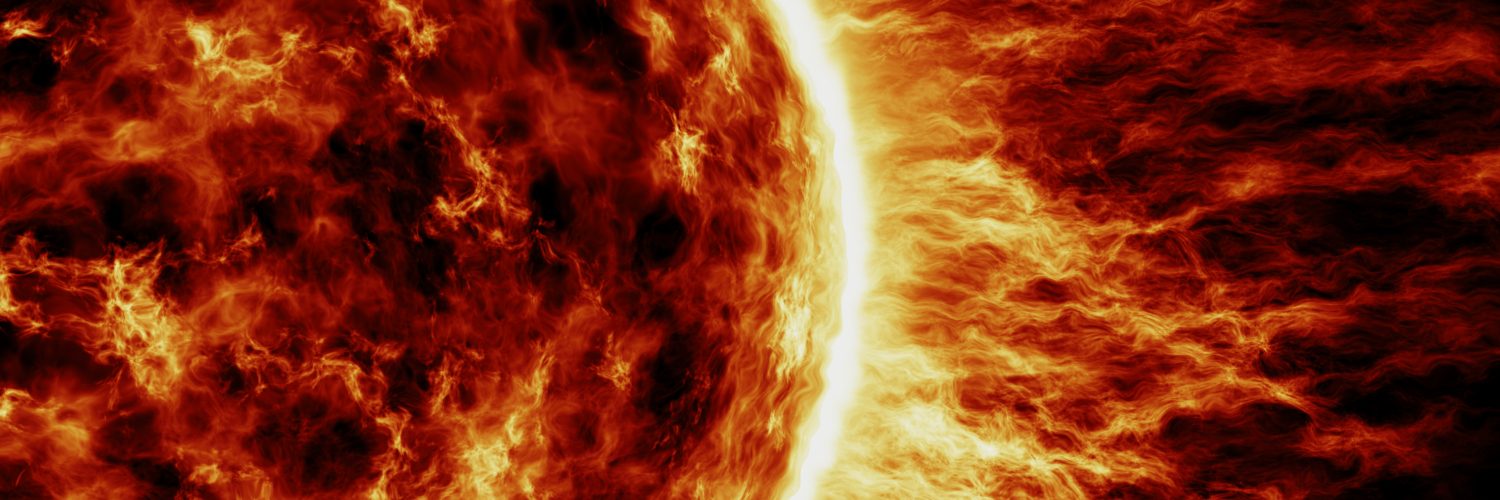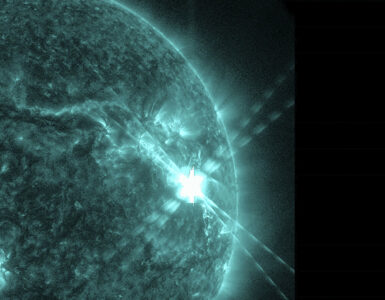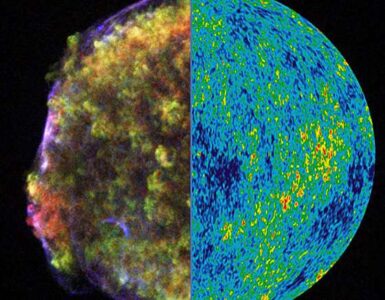We’re in the third year of the Sun’s 11-year solar cycle, and satellites in low Earth orbit are already experiencing the deleterious effects. Scientists are now warning that the worst is yet to come, as the current cycle is proving to be stronger than forecasters anticipated.
A panel of space weather experts expressed these concerns at the recently concluded 36th Small Satellite Conference organized by the Secure World Foundation. Speaking on August 8, Tzu-Wei Fang, a space scientist at NOAA’s Space Weather Prediction Center (SWPC), offered a bleak outlook for the next several years.
“Whatever you’ve experienced in the past two years doesn’t matter,” Fang said, as reported in SpaceNews. “Whatever you learned the past two years is not going to apply in the next five years.”
Indeed, low Earth orbit has been unusually tumultuous these days, as the Sun approaches its latest solar maximum—a period characterized by increased solar activity. Fang and her colleagues warned that small satellites are particularly vulnerable to the ensuing solar storms and that smallsat operators aren’t sufficiently responding or adapting to what is a regularly occurring phenomenon in the Sun’s life cycle. But while the 11-year solar cycle is predictable, the current cycle, which began in December 2019, is proving to be more eventful than anticipated.
Periodic changes to the Sun’s magnetic field affect the frequency of sunspots, which in turn increases the frequency of solar flares. These flares send waves of high-energy electromagnetic radiation into the solar system, a portion of which reach Earth’s atmosphere. We see this in the form of extra-dramatic auroras, but also as disruptive “space weather.” The heat from these storms cause the upper atmosphere to expand, resulting in extra drag for satellites in low Earth orbit and accelerated orbital decay.
We’re already seeing the effects of this. In February, SpaceX lost 49 Starlink satellites as a result of a geomagnetic storm. The satellites had only recently been launched and were attempting to reach their operational orbits, but the “speed and severity” of a solar storm, the result of a flare that occurred just prior to the February 3 launch, “caused atmospheric drag to increase up to 50 percent higher than during previous launches,” according to SpaceX. But as Fang grimly noted at the conference, that storm “was actually a minor storm in our catalog.” SWPC and SpaceX are working together to study the incident, with a paper on the subject expected shortly, according to SpaceNews.
Read more at Gizmodo.com









